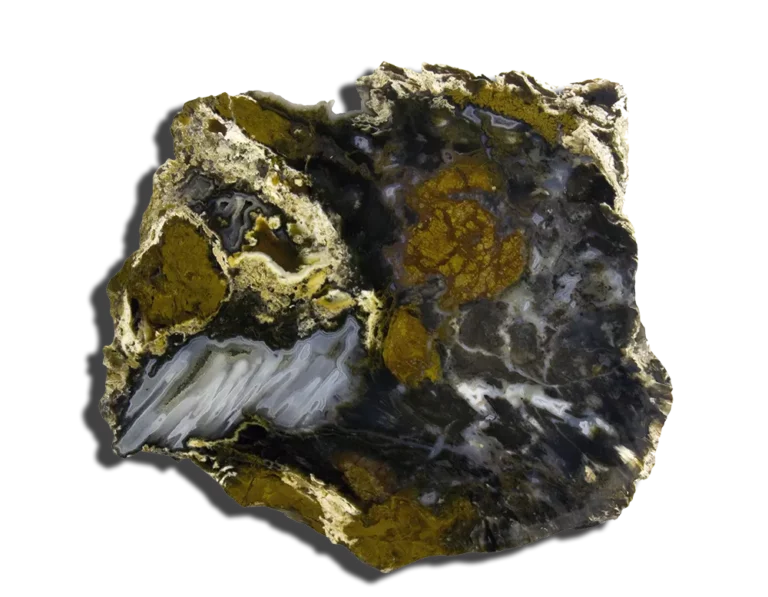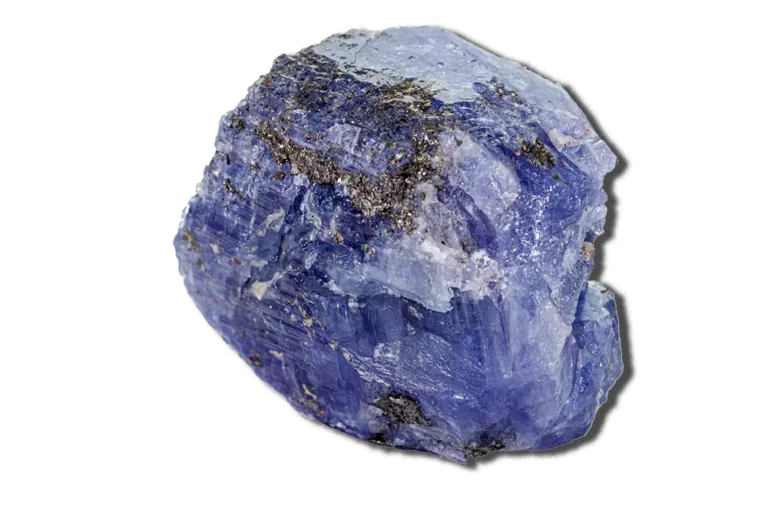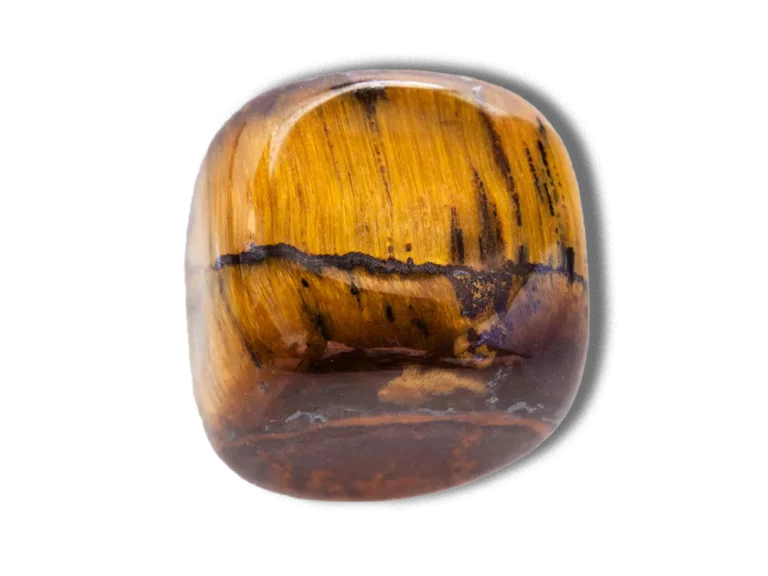Moissanite Gemstone: Properties, Benefits & Meanings
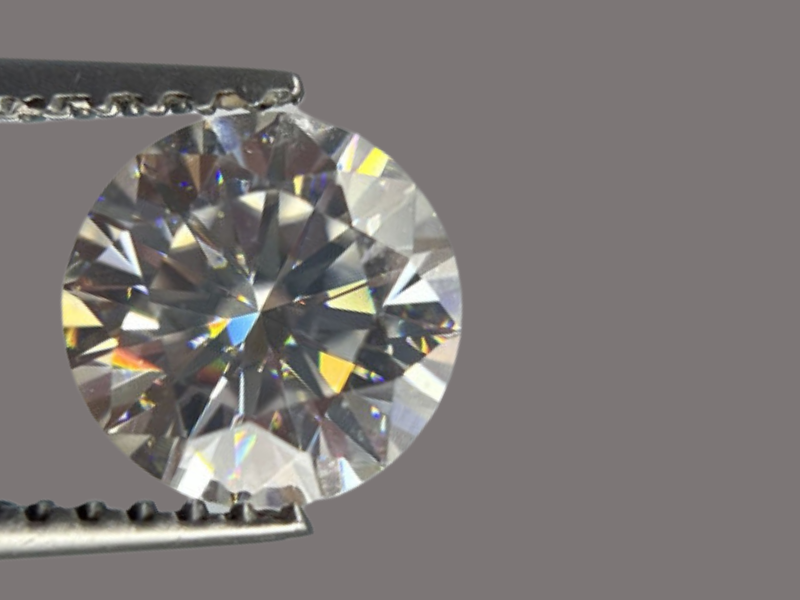
Moissanite Gemstone Overview
Moissanite is a gemstone that has recently gained popularity as an alternative to diamonds due to its durability, brilliance, and affordability. However, this gemstone is often mistaken for a diamond due to its sparkling appearance. The stone was first discovered in 1893 by a French chemist, Henri Moissan.
Moissanite Gemstone is known for its high refractive index, giving it a unique sparkle and brilliance similar to a diamond. It is often used in engagement rings and other jewelry pieces. In addition, Moissanite is said to enhance spiritual growth and enlightenment, making it a popular choice for meditation and healing.
This blog post will explore the features, benefits, and symbolism of the Moissanite Gemstone. Our goal is to help you gain a better understanding of this valuable stone.
What Is Moissanite Gemstone?
Moissanite is a naturally occurring mineral discovered in a meteorite crater in Arizona in 1893 by French chemist Henri Moissan. It is a rare mineral and was once thought to be a type of diamond due to its similar appearance. However, it is composed of silicon carbide, whereas diamonds are made of carbon.
Moissanite’s unique chemical composition and crystal structure give it exceptional optical properties. Its high refractive index provides fire and brilliance similar to a diamond. It is also extremely durable, with a hardness of 9.25 on the Mohs scale.
Moissanite Gemstone is typically colorless or near-colorless, but it can also be found in shades of green, yellow, and gray. It is commonly used as an alternative to diamonds in jewelry due to its beauty, durability, and affordability. It is also popular for engagement rings and other special occasion jewelry.
How is Moissanite Gemstone Formed?
Moissanite mineral is formed under very specific conditions. As a result, it is extremely rare in nature. Instead, it is typically found in very small quantities in certain types of rocks, such as kimberlites and lamproites, as well as in meteorites.
The formation of natural Moissanite is a complex process that begins with silicon and carbon in the Earth’s crust. These elements need to be subjected to extreme heat and pressure, which can occur naturally in certain geological settings, such as deep within the Earth’s mantle or during the formation of a meteorite.
In these extreme conditions, the silicon and carbon atoms bond together to form silicon carbide crystals, which are the building blocks of Moissanite. Over time, these crystals can grow and develop into larger, gem-quality specimens. Moissanite can also be produced synthetically in a laboratory using the high-pressure, high-temperature method.
Physical Properties
| Mineral Group | Silicon Carbide |
| Formula | SiC |
| Chemical Name: | Moissanite |
| Color | Colorless, near colorless, yellow, green, gray |
| Hardness (Mohs scale) | 9.25 |
| Refractive Index | 2.65-2.69 |
| Fracture | Conchoidal |
| Luster | Adamantine |
| Specific Gravity | 3.21-3.23 |
| Transparency | Transparent to opaque |
Etymology
Moissanite is derived from the name of its discoverer, Henri Moissan, who first discovered the mineral in 1893 when examining rock samples from a meteorite crater in Arizona.
Moissan initially believed that the mineral he had discovered was diamond but later identified it as a new mineral with a unique chemical composition and crystal structure. The mineral was named Moissanite in honor of its discoverer, Henri Moissan.

Where is Moissanite Gemstone Found?
The natural occurrence of Moissanite is very rare and can be found in only a few countries.
- Australia
- Azerbaijan
- Brazil
- Canada
- China
- France
- Germany
- Israel
- Kazakhstan
- Russia
- Turkey
- USA
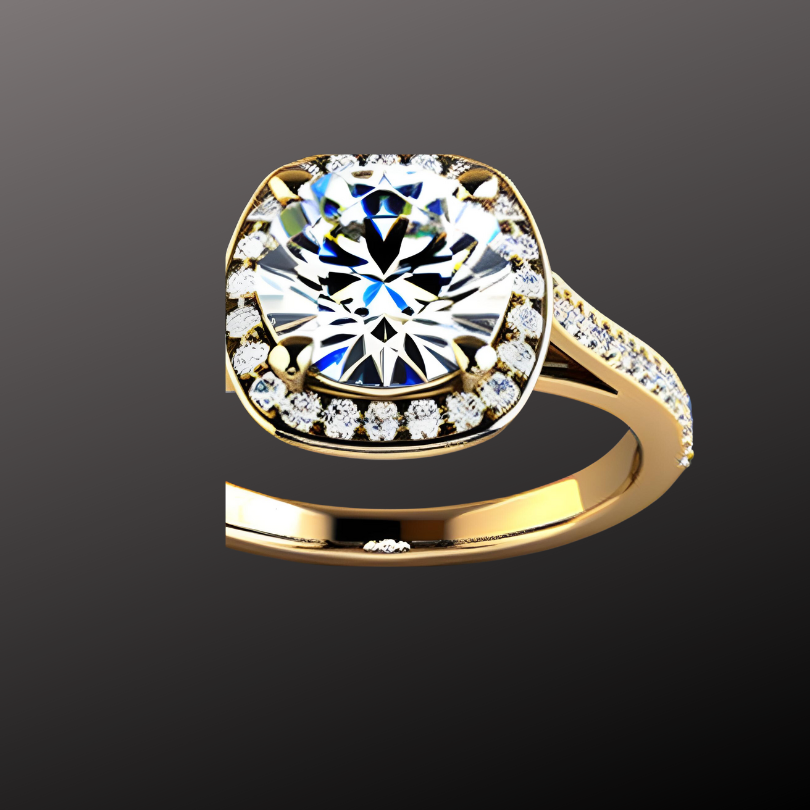
Moissanite Gemstone Appearance
Moissanite has a similar appearance to diamond due to its high refractive index and exceptional brilliance and fire. It is typically colorless or near-colorless but can also be found in shades of green, yellow, and gray.
Moissanite’s optical properties cause it to reflect light in a way that creates a rainbow of colors, known as fire. This makes it particularly attractive in bright lighting conditions, such as in sunlight or under spotlights. Its brilliance is also exceptional, giving it a brilliant white sparkle similar to a diamond.
Moissanite can be cut into various shapes, including round, oval, pear, marquise, cushion, princess, and emerald cuts. It is commonly used for engagement rings and other fine jewelry due to its beauty, durability, and affordability.
Types of Moissanite Gemstone
There are two main types of Moissanite: natural and synthetic.
Natural Moissanite is extremely rare and is only found in certain geological settings, such as kimberlites, lamproites, and meteorites. In addition, natural Moissanite is typically very small and is not commonly used in jewelry.
Synthetic Moissanite is a lab-created gemstone that is similar in appearance to a diamond. Natural Moissanite is extremely rare, and most Moissanite used in jewelry today is created in a laboratory. Synthetic Moissanite is made by combining silicon carbide with other materials. Its hardness of 9.25 on the Mohs scale makes it a very durable stone. It is also less expensive than diamonds, which makes it a popular alternative for those who want the look of a diamond at a more affordable price.
It is produced in a laboratory using the high-pressure, high-temperature method. This involves subjecting a mixture of silicon and carbon to extreme heat and pressure, which causes the elements to bond together and form moissanite crystals.

Moissanite Gemstone Value and Price
Moissanite is a popular and affordable alternative to diamonds, making it a great option for those needing a diamond’s look and feel without the high price tag. Several factors, including carat weight, cut, clarity, and color, determine the value of a moissanite gemstone.
Carat weight is a very important factor affecting the value of a moissanite gemstone. The larger the stone, the higher its value will be. However, the price per carat of Moissanite is generally lower than that of diamond, so larger stones may still be more affordable.
Cut is another important factor in determining the value of a moissanite gemstone. A well-cut moissanite will reflect light more effectively, giving it a brighter, more brilliant appearance.
Clarity measures a gemstone’s internal flaws, such as inclusions or blemishes. Therefore, the clarity of Moissanite can affect its value, with stones free of inclusions or blemishes commanding higher prices.
Color is also an important factor in determining the value of a moissanite gemstone. Colorless Moissanite is the most popular and valuable, closely resembling a diamond. However, Moissanite is also available in shades of yellow, green, and gray, which can also affect its value.
Moissanite is generally less expensive than diamond. However, the price can still vary depending on the quality and characteristics of the stone.
How Can You Tell if Moissanite Gemstone Is Real?
Several tests can be done to determine if a moissanite gemstone is real.
One of the most common tests for Moissanite is the thermal conductivity test. Moissanite has a higher thermal conductivity than diamond, so a diamond tester often registers Moissanite as a diamond. However, a more accurate test is to use a moissanite tester, which is specifically designed to detect Moissanite.
Another test is the visual inspection test. Moissanite has a different appearance than diamond, with a higher refractive index and more dispersion. As a result, when viewed under magnification, Moissanite often has a double refraction or a “rainbow effect” not present in diamonds.
Additionally, Moissanite can be tested using a UV light or a spectroscope. Moissanite often fluoresces a bright green or yellow color under UV light, while diamond does not. A spectroscope can also be used to examine the light absorption patterns of a gemstone, with Moissanite having a unique pattern distinct from diamond.
It’s important to note that while these tests can help determine if a gemstone is Moissanite, they are not foolproof. It is best to have a gemologist professionally test the stone.
What Does Moissanite Gemstone Symbolize?
Moissanite gemstone symbolizes many things, including love, commitment, strength, and resilience. As a popular diamond alternative, it is often used in engagement rings and wedding bands to symbolize eternal love and devotion.
In addition to its romantic symbolism, moissanite gemstone is associated with spiritual and metaphysical properties. It is believed to enhance spiritual awareness and intuition and to promote healing and emotional balance. In addition, Moissanite can enhance creativity and inspire new ideas and perspectives.
The symbolism of Moissanite varies depending on the individual and the context in which it is used. However, its beauty and durability make it a meaningful and valuable gemstone for various purposes.
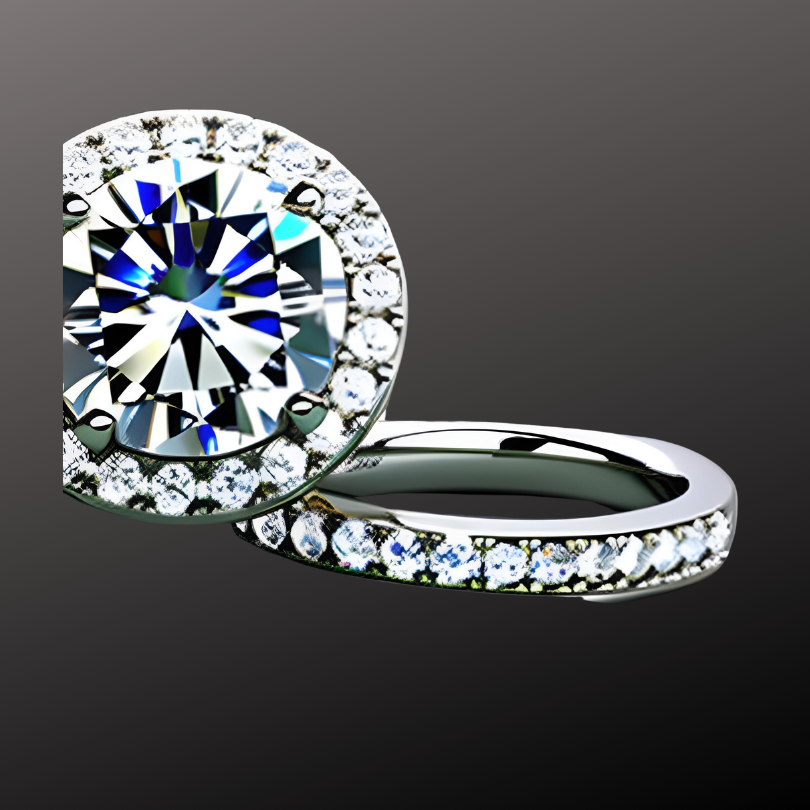
Uses of Moissanite Gemstone
Moissanite gemstone has a variety of uses due to its unique properties and affordability. However, here are some common uses of Moissanite:
- Jewelry: Moissanite is a popular diamond alternative commonly used in engagement rings, wedding bands, and other types of jewelry. It is known for its brilliance, fire, and hardness, making it an excellent choice for everyday wear.
- Industrial applications: Moissanite’s hardness and resistance to heat make it useful in various industrial applications, such as electronics, cutting tools, and abrasives.
- Research: Moissanite is also used in scientific research due to its unique properties. It is often used as a substrate for growing diamond films. It is being studied for potential applications in semiconductors and other electronic devices.
- Investment: Some people purchase Moissanite as an investment due to its rarity and increasing popularity. While it may not hold its value as well as natural diamonds, Moissanite is still a valuable and desirable gemstone.
Is Moissanite Gemstone a birthstone?
Moissanite is not currently recognized as a birthstone by any official birthstone lists or organizations. The modern birthstone for April is a diamond, often associated with eternal love and strength. However, Moissanite is a popular alternative to diamond and is commonly used in jewelry for its beauty, durability, and affordability.
Which Gemstones Go Best With Moissanite Gems in Jewelry?
Gemstones that go best with Moissanite Gem in jewelry complement its brilliance and fire. Some popular options include diamonds, sapphires, rubies, emeralds, and aquamarine. Diamonds are a classic choice. Sapphires and rubies add a pop of color to the jewelry and are durable enough to be used in engagement rings. Emeralds and aquamarine are also great choices because they have clarity and sparkle, similar to Moissanite gemstones.
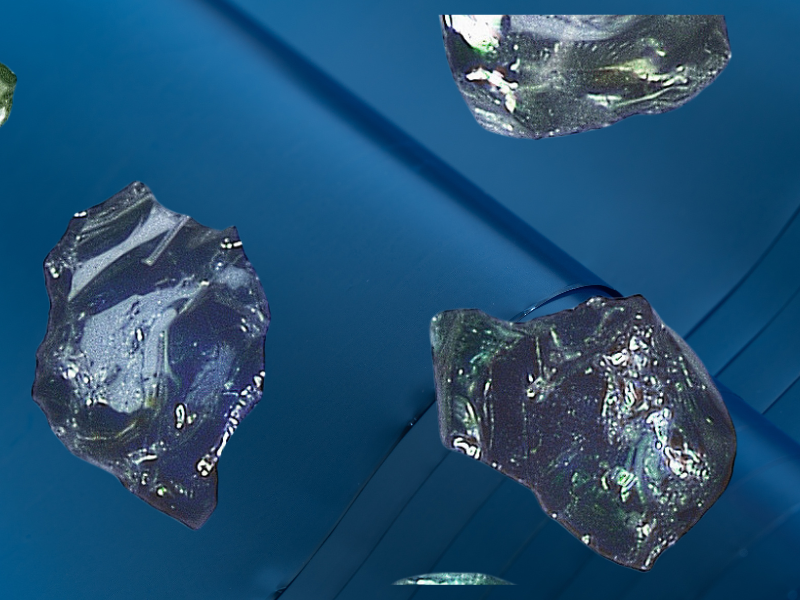
How To Take Care Of Moissanite Gemstone Jewelry?
Moissanite gemstone jewelry is durable and relatively low maintenance. Still, there are a few things you can do to keep it looking its best:
- Clean regularly: To keep your moissanite jewelry sparkling and free of dirt and oils, clean it regularly with mild soap and warm water. You can use a soft-bristled toothbrush to scrub the jewelry and rinse thoroughly with water gently.
- Avoid harsh chemicals: Moissanite is resistant to chemicals, but it’s best to avoid exposing it to harsh chemicals such as chlorine bleach or household cleaners. These chemicals can damage the metal setting or cause discoloration of the stone.
- Store properly: When not in use, store your moissanite jewelry in a separate compartment or pouch to avoid scratching or rubbing against other jewelry pieces. You can also use a jewelry box lined with soft fabric to prevent damage.
- Avoid extreme temperatures: While Moissanite is heat resistant, avoiding exposure to high temperatures is best. Sudden temperature changes can cause the metal setting to expand or contract, potentially causing damage to the stone.
- Have it professionally inspected: It’s a good idea to have your moissanite jewelry inspected by a professional jeweler every few years. They can check for loose stones, damage to the metal setting, and other issues that could affect the jewelry’s appearance or durability.
Following these simple care tips, you can ensure that your moissanite jewelry stays beautiful and lasts for years.
FAQ
How does moissanite Gemstone compare to diamonds in terms of appearance?
Moissanite Gemstone has a similar appearance to diamonds in brilliance and fire. Still, it has a different crystal structure that gives it a unique sparkle and rainbow-colored flashes.
How does Moissanite Gemstone compare to diamonds in terms of cost?
Moissanite Gemstone is generally less expensive than diamonds of similar size and quality, making it a popular choice for those on a budget or who want a more affordable diamond alternative.
Is Moissanite Gemstone popular for engagement rings?
Moissanite Gemstone is a popular diamond alternative for engagement rings and is often chosen for its affordability and beauty.


